- Learning time
- 10 minutes
- First play time
- 40 minutes
Filipino Fruit Market
Designed by:
Filipino Fruit Market is a trick-taking game (or games) in the style of whist, but with one or two additional things to consider. It comes with rules for two distinct games – Tindahan and Bastos. We’re describing Tindahan here.
The deck is made up of four suits of fruit – pineapples, bananas, mangoes, durians and lanzones. In the centre of the table, a fruit cart card for each suit are laid out. There’s also a wooden donkey and cart piece – whichever fruit cart it is currently on (assign it randomly at the start) denotes that suit being trumps. All cards are dealt out, and players take sellers (the wooden pieces) of a chosen colour. The starting player has two options: they can either move the donkey to a new cart to denote a new trump suit, or they can lead. If they move the donkey, they sacrifice the opportunity to play a card, and vice versa. If they move the donkey, the next player must lead a card (only the starting player can move the donkey). After a card has been led, all the players have the same choices: they can play a card (following suit if they are able to) or they can place a seller on the fruit cart of the suit that was led.
At the end of the round (which occurs when any player runs out of cards), you get 2 points for each trick won, and any cards still in your hand count -1 point against you. Your sellers in the fruit carts also get you points; for first and second place in majorities. Having a majority in the fruit cart the donkey currently occupies scores bonus points.
One round is played for each player so everyone gets to go first (and last!) and most points wins.
The guru's verdict
-
Take That!
Take That!
Like any trick-taking game you're trying to outdo each other.
-
Fidget Factor!
Fidget Factor!
Nobody should keep you waiting for too long. The choices are fairly minimal.
-
Brain Burn!
Brain Burn!
Playing cards is good, because cards in your hand count against you. But then again, sellers get you points. And then again again, only if you have a majority... it's a curious mix of trick-taking and the boardgame mechanic of area control.
-
Again Again!
Again Again!
There's a surprising depth to the game, and repeat plays will reveal different strategies to winning.

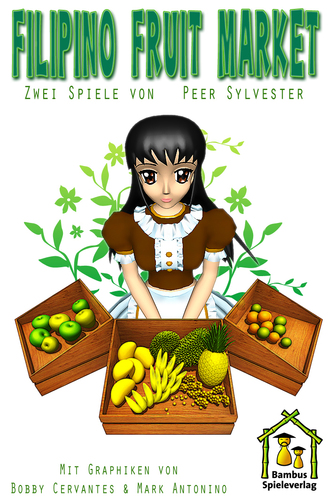
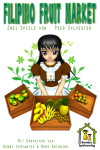
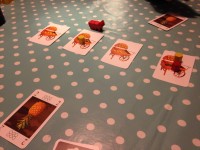
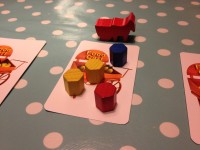

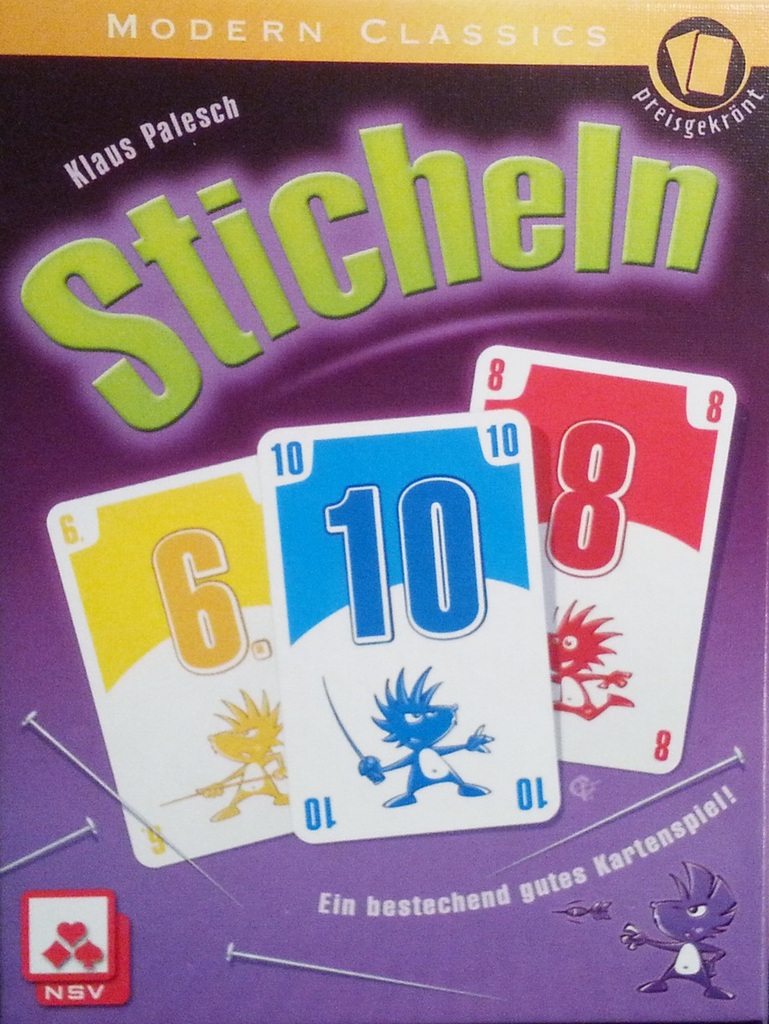
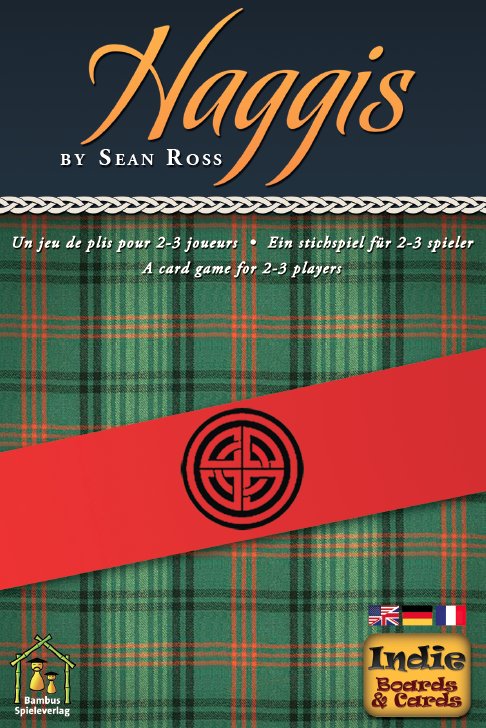
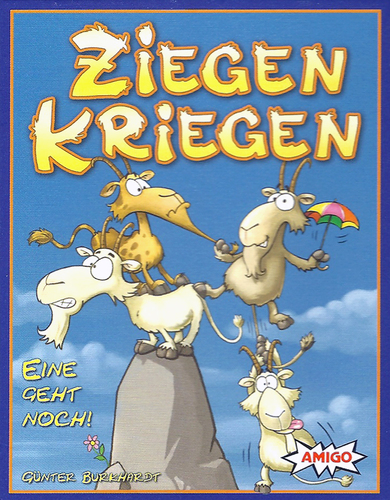
Sam says
There's a beautiful Japanese edition of this game, but the one I've played looks like it was designed by an argumentative Photoshop committee. Nonetheless there's definitely a game here, even if it feels slightly experimental, and card-game fans who feel they need their brains melting may love it. I don't think it's on the same plane as something like Linko or Sticheln but it certainly throws up an unusual variant on trick-taking.